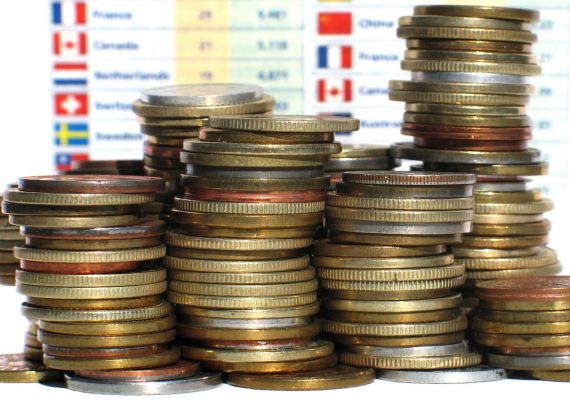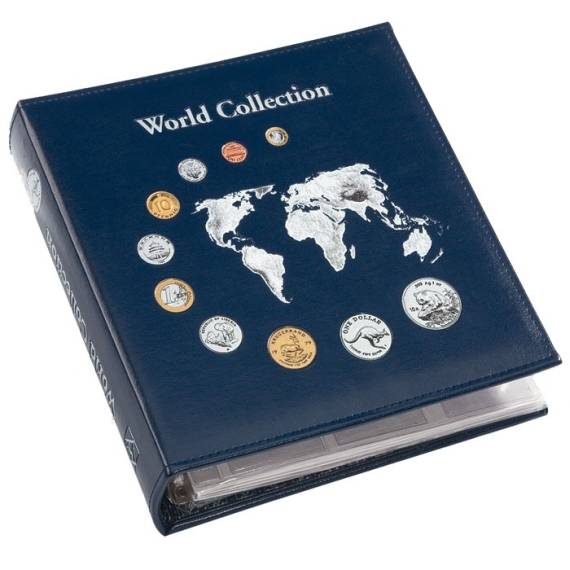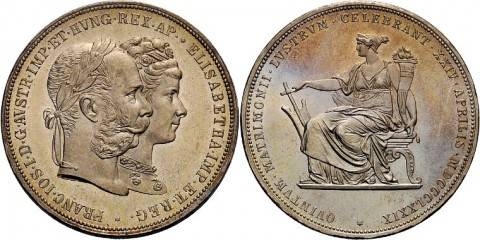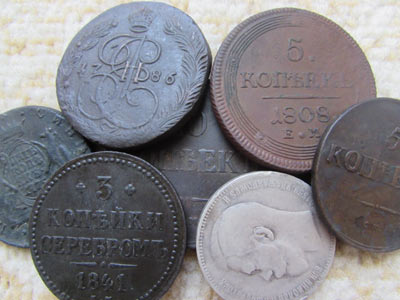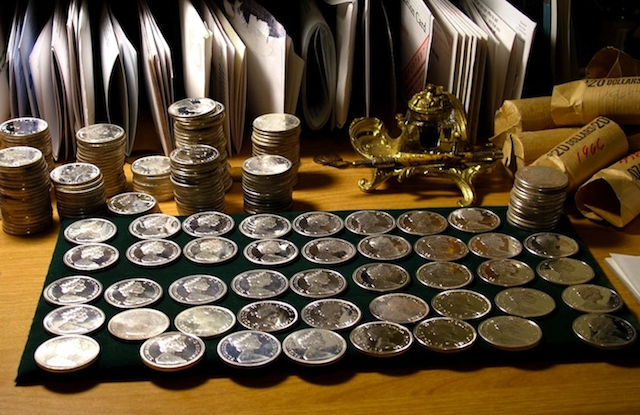What is numismatics and who such numismatists
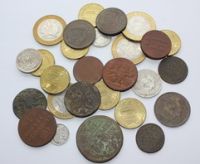 Since ancient times, people to collect something. Books, statues, paintings, vases, wardrobe items, tableware items, various postcards, stickers – collecting items brought joy and pleasure. But, besides purely aesthetic pleasure, this is a very interesting hobby and profitable business.
Since ancient times, people to collect something. Books, statues, paintings, vases, wardrobe items, tableware items, various postcards, stickers – collecting items brought joy and pleasure. But, besides purely aesthetic pleasure, this is a very interesting hobby and profitable business.
Coin collecting is one of the oldest and most popular today. It is not only about old coins, but also about those that were relatively recently in the “go.” There is a whole science that studies many aspects related to coins: coinage, monetary circulation. This is numismatics. At the heart of the name are the Greek words “nomos” – the law and “nomizma” – a coin. The study of this science involves a number of other disciplines: geography, history, archeology, economics, law, political science, art.
How did numismatics come about
For the first time, coins began to be made in ancient Greece and China, countries of Asia Minor. For the manufacture used metals such as gold, silver, copper. A little later – alloys – brass, bronze. On coins, they often depicted various inscriptions; one could learn from them about the state structure, the transition of dynasties, the attitude of the ruler to his subordinates. Drawings and engravings often conveyed the fateful events of the country: coups, internal and external wars, religious traditions. Sometimes a limited release of collection coins was devoted to some important event in the state. That is why they are so interesting to learn.
As mentioned above, numismatics analyzes coins in all aspects. She studies not only individual monetary units, but also monetary treasures. Thanks to this approach, one can follow the development of one or another of the monetary series, the area of use and monetary circulation, the production of coins.
In the 14th and 15th centuries in Italy, collecting metallic money became popular and fashionable. At the same time, the first works on numismatics appeared, which revealed the history of the origin and inscriptions on the coins.
The basis for the formation of numismatics as a separate science emerged in the 18th century. Seriously interested in the history of coins scientist from Austria I.Kh. Ekkel. On the basis of his research, he wrote the 8-volume work “The Science of Ancient Coins”, where he analyzed in detail inscriptions and drawings on the monetary units of antiquity (ancient Greece and Rome). Already in the 19th century, numismatics “expanded their horizons” – scientists began to pay attention not only to the origin of the coins, but also to their role in the development of the culture and economy of the country and history in general.
Numismatist or collector
Often, these two concepts are perceived as the same. Is there any difference? Numismatics involves the study of the origin of coins, their minting and cash flow. Accordingly, the numismatist is a scientist who is primarily interested in the scientific value of the coin.
Collecting is the replenishment of the collection with new coins. For collectors, its artistic value, uniqueness, rarity is more important.
Although now this facet is very conditional and vague. After all, collecting coins is an expensive pleasure, and in order to avoid fakes and purchase a valuable copy, you just need to know the origin and history of the “development” of coins.
What coins are interested in coin collectors
Coins for collections are mainly produced in small quantities and are of high value. Often it is chasing the honor of famous people, or events, cities, holidays. Basically, such coins are made of precious metals or alloys (gold, silver).
Numismatics is an expensive pleasure that requires time, effort, perseverance and a good knowledge of the history of money.
For some, this is the meaning of life. And each new coin is a real joy. For others – a business, and very profitable. Such collectors collect albums and sell them, earning money. For example, there is a coin coins store Coiniki.ru, which offers modern and antique coins for sale. Clicking on the link to the site of the store you can find out more detailed information.

